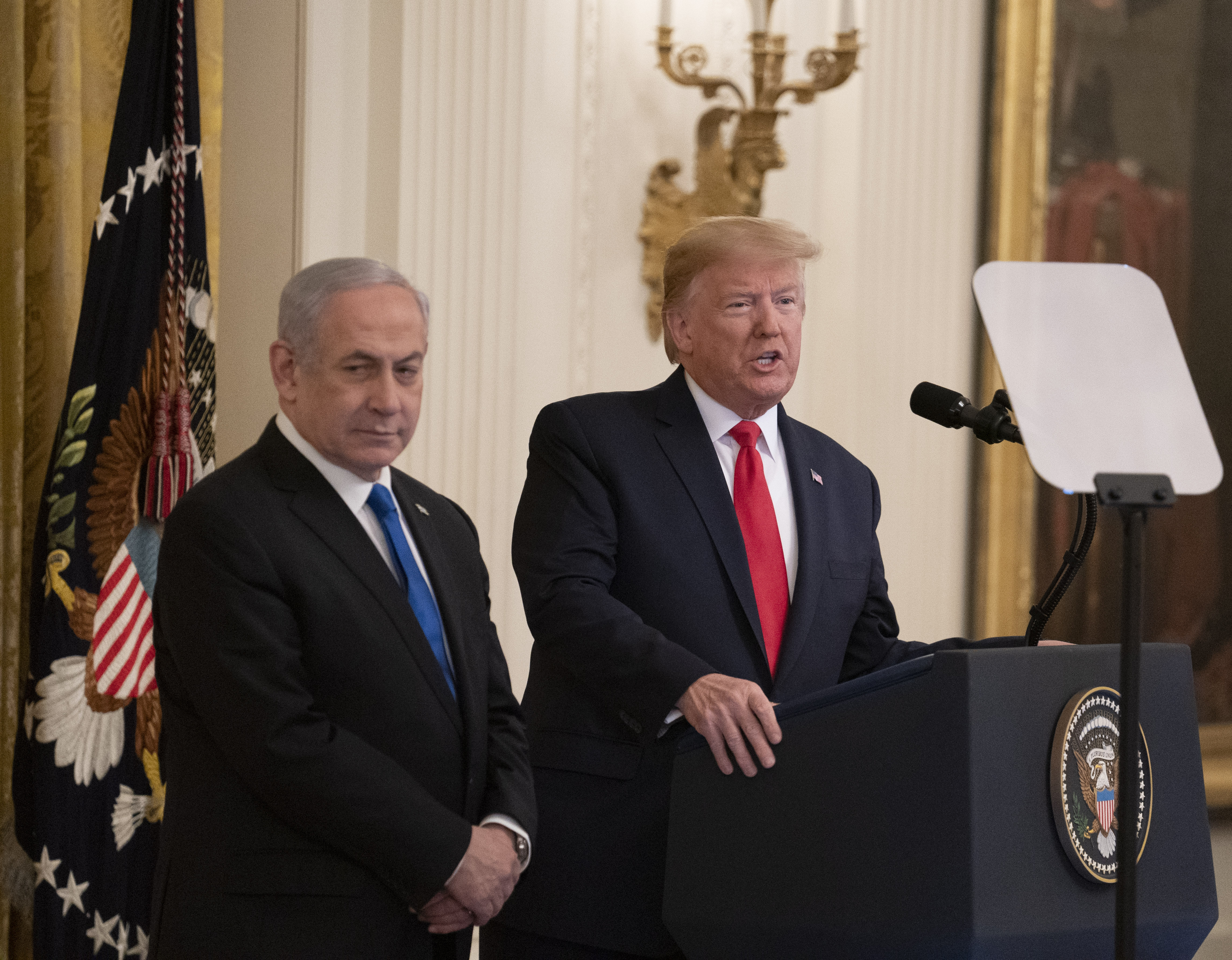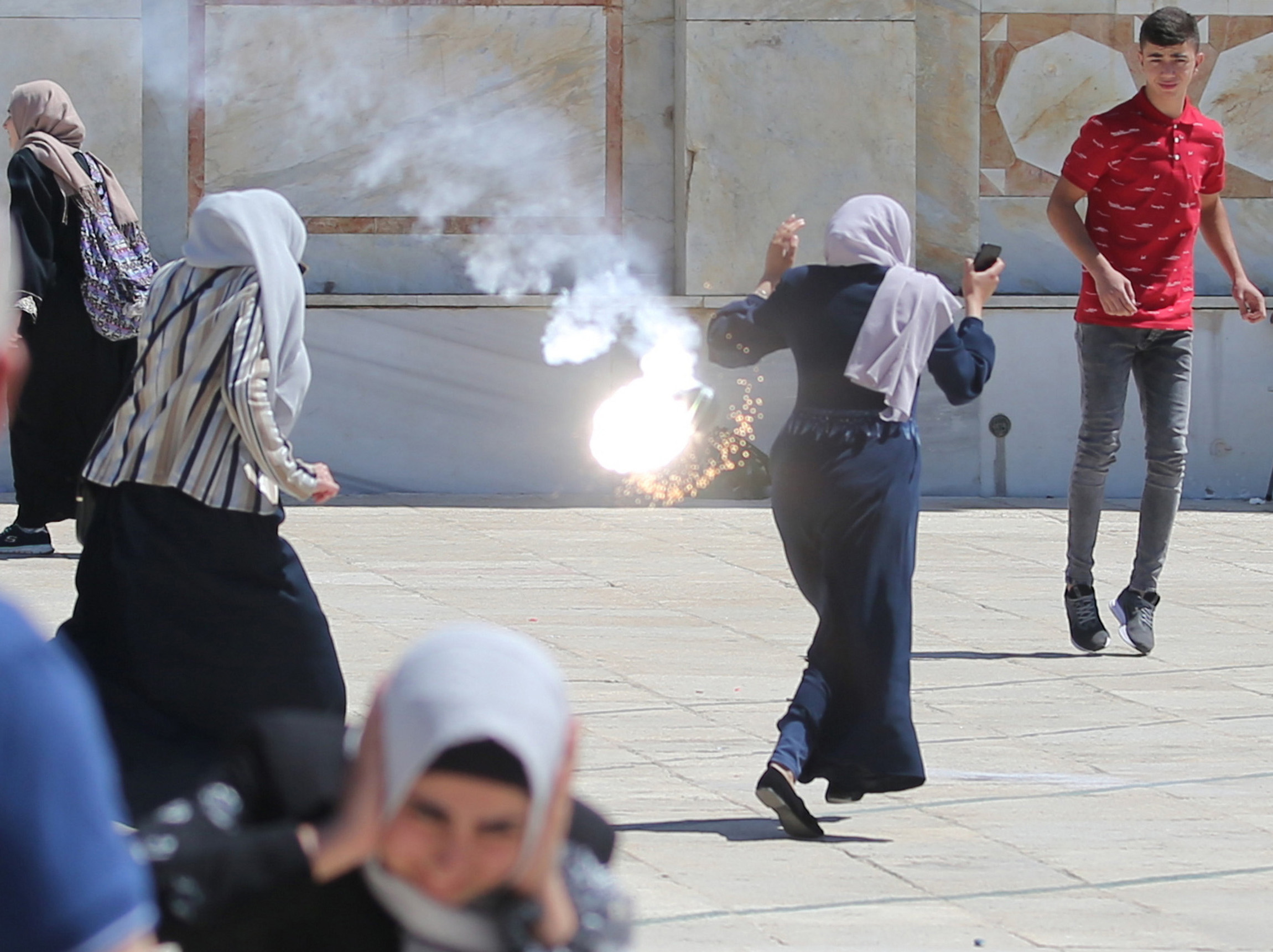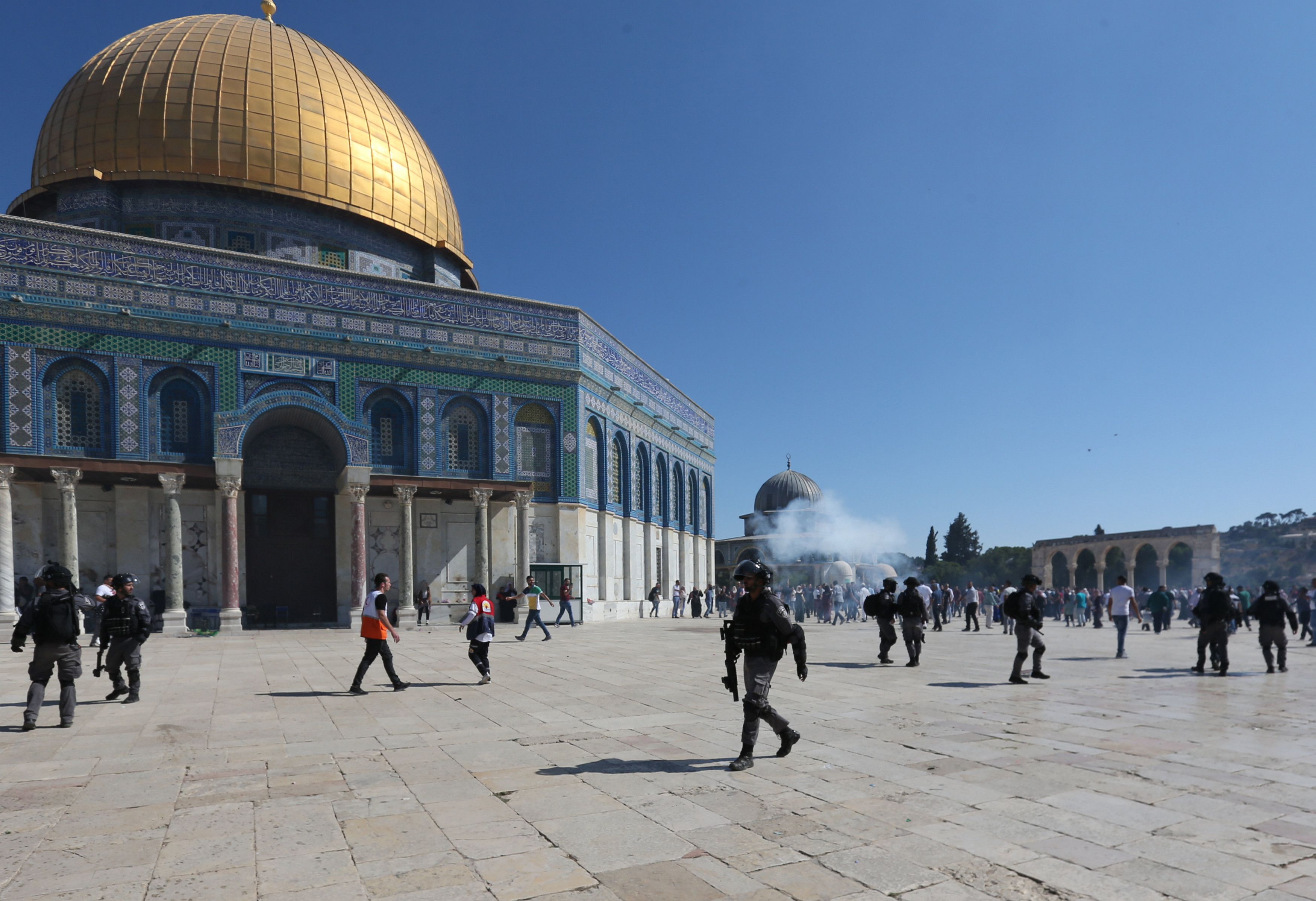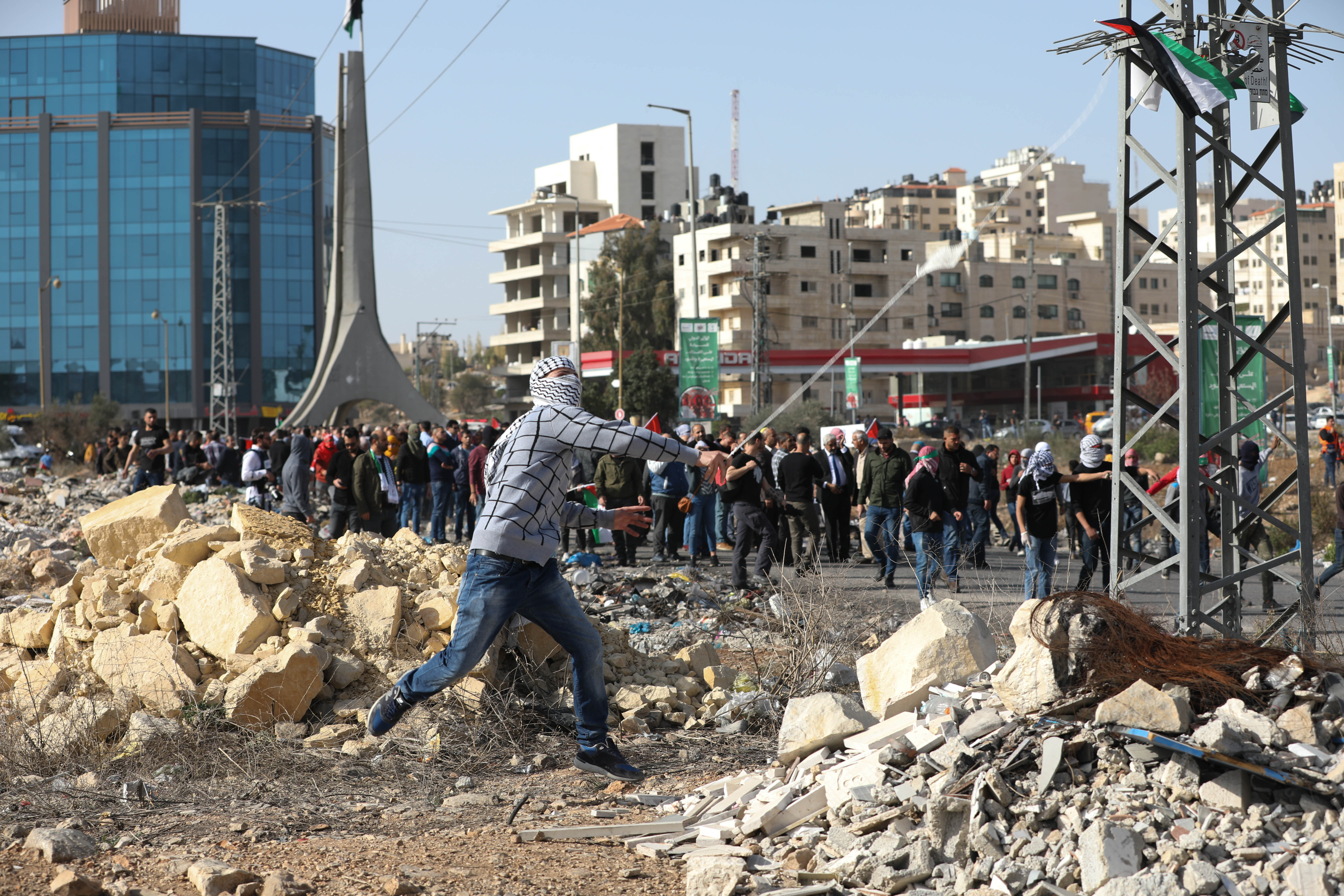
U.S. President Donald Trump (R) and Israeli Prime Minister Benjamin Netanyahu attend a joint press conference in the White House in Washington D.C., the United States, on Jan. 28, 2020. (Xinhua/Liu Jie)
In Trump's proposal, Jerusalem will be recognized as Israel's "undivided capital," adding that the plan is to "keep Jerusalem united."
Trump said Palestine's capital should be in "East Jerusalem" located in all areas east and north of the existing security barrier, including Kafr Aqab, the eastern part of Shuafat and Abu Dis.
WASHINGTON, Jan. 29 (Xinhua) -- U.S. President Donald Trump on Tuesday presented his long-awaited Middle East peace plan, calling for a two-state solution while recognizing Jerusalem as Israel's "undivided capital."
The White House released a statement, title "Peace to prosperity: a vision to improve the lives of the Palestinian and Israeli people," after Trump finished his televised speech outlining his Middle East plan.
The following are some key points of the plan.
"KEEP JERUSALEM UNITED"
Located in the heart of the Middle East, Jerusalem is the holy city for three major religions: Judaism, Christianity and Islam.
According to UN General Assembly Resolution 181 adopted in 1947, Jerusalem should be run by the United Nations as an internationalized city, while both Israelis and Palestinians see Jerusalem as their capital.

Palestinians clash with Israeli police at the Al-Aqsa Mosque compound in East Jerusalem, Aug. 11, 2019. Clashes erupted between Muslim worshippers and Israeli police in East Jerusalem's holy site on Aug. 11, 2019. (Photo by Muammar Awad/Xinhua)
In Trump's proposal, Jerusalem will be recognized as Israel's "undivided capital," adding that the plan is to "keep Jerusalem united."
Trump said Palestine's capital should be in "East Jerusalem" located in all areas east and north of the existing security barrier, including Kafr Aqab, the eastern part of Shuafat and Abu Dis.
In 2017, Trump announced his official recognition of Jerusalem as Israel's capital and decided to move the U.S. embassy from Tel Aviv to the holy city.
So far, most countries with diplomatic relations with Isreal have kept their embassies in Tel Aviv.
TWO STATES
In the 80-page vision, the United States designed a map setting out borders for a "realistic" two-state solution, said Trump at the White House alongside visiting Israeli Prime Minister Benjamin Netanyahu.

Palestinians clash with Israeli police at the Al-Aqsa Mosque compound in East Jerusalem, Aug. 11, 2019. The Al-Aqsa Mosque compound, known to the Jewish people as the Temple Mount, is sacred to both Muslims and Jews. (Photo by Muammar Awad/Xinhua)
Trump promised to double Palestinian-controlled territory and proposed a four-year freeze of Israeli development in the area expected to be part of a Palestinian state.
The plan said that a future Palestinian state would benefit from "state-of-the-art infrastructure," including a high-speed transportation link that connects the West Bank and Gaza over Israeli territory.
Under the proposed plan, Palestine would have "special access" to two Israeli ports in the future, while Israeli enclaves located inside contiguous Palestinian territory would become part of the State of Israel, and the Jordan Valley would be under Israeli sovereignty.
The Jordan Valley, making up some 20 percent of the West Bank, was seized by Israel in the 1967 Middle East war and controlled ever since despite international criticism.
In November 2019, U.S. Secretary of State Mike Pompeo announced that the U.S. government will no longer consider Israel's West Bank settlements "inconsistent" with the international law.
Most of the international community, including the United Nations, said the settlements are illegal.

A Palestinian protester uses a slingshot to hurl stone at a Israeli checkpoint during a protest in the West Bank city of Ramallah, Nov. 26, 2019. (Xinhua/Chen Lin)
PALESTINIAN REFUGEES
The Israeli-Arab wars left over 1 million Palestinians homeless.
According to UN General Assembly Resolution 194 adopted in 1948, Palestinian refugees are entitled to return to their homeland. However, Israel insists the refugees stay where they are as their return may greatly change regional demographics and create security concerns.
Under the plan, "there shall be no right of return by, or absorption of, any Palestinian refugee into the State of Israel." Rather, the refugees would be absorbed into the State of Palestine or integrated into their current host countries.
Up to 5,000 Palestinians would be accepted by the Organization of Islamic Cooperation member countries who agree to participate in Palestinian refugee resettlements, said the plan, adding that a fund would be raised to provide some compensation to Palestinian refugees. ■



